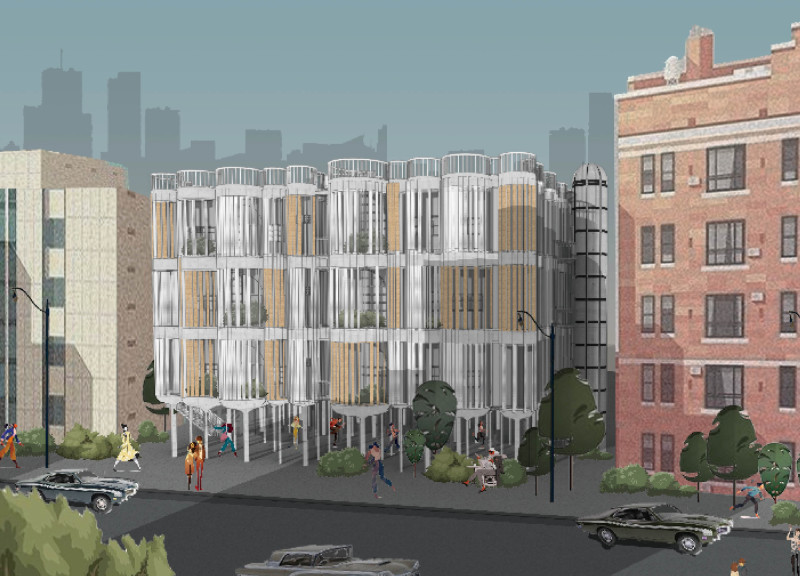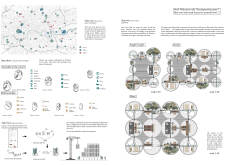5 key facts about this project
The project addresses the housing crisis in London, characterized by rising land prices and a lack of affordable homes. Located in a densely populated urban area, it aims to improve residential living through a flexible design approach focused on decompressing living spaces. Adaptability is at the heart of this concept, offering solutions that enhance the everyday lives of residents within limited environments.
Conceptual Framework
The design promotes a modular approach that allows living spaces to adjust based on user needs. It moves away from traditional layouts that restrict how areas can be used, introducing a system where configurations can change. This adaptability not only supports various functions within each room but also helps create a sense of spaciousness, which is especially important in tightly packed urban settings.
Rotating Mechanism
One notable feature is a rotating mechanism that enables rooms to serve multiple purposes. With this design element, residents can easily rearrange their living spaces for different activities. Whether for work, leisure, or hosting guests, this functionality is key to maximizing space in high-density areas, where efficient use of every square foot can significantly affect overall comfort.
Community Integration
Creating shared spaces is an important aspect of the design. By incorporating areas for communal gathering, the layout encourages residents to interact and build connections. This focus on community combat feelings of isolation that can sometimes accompany city living. The goal is to foster a sense of belonging where neighbors can come together and share experiences.
Dynamic Facade
The design also features a movable facade that adapts to the needs of its users. This element not only adds visual appeal but also enhances how the building engages with the surrounding environment. With its ability to respond to different conditions, the facade supports the overall goal of creating a living space that is both functional and responsive to the lifestyles of its occupants.
Native plant species are integrated into various outdoor spaces, promoting biodiversity while offering residents personal areas for relaxation and connection with nature.






















































